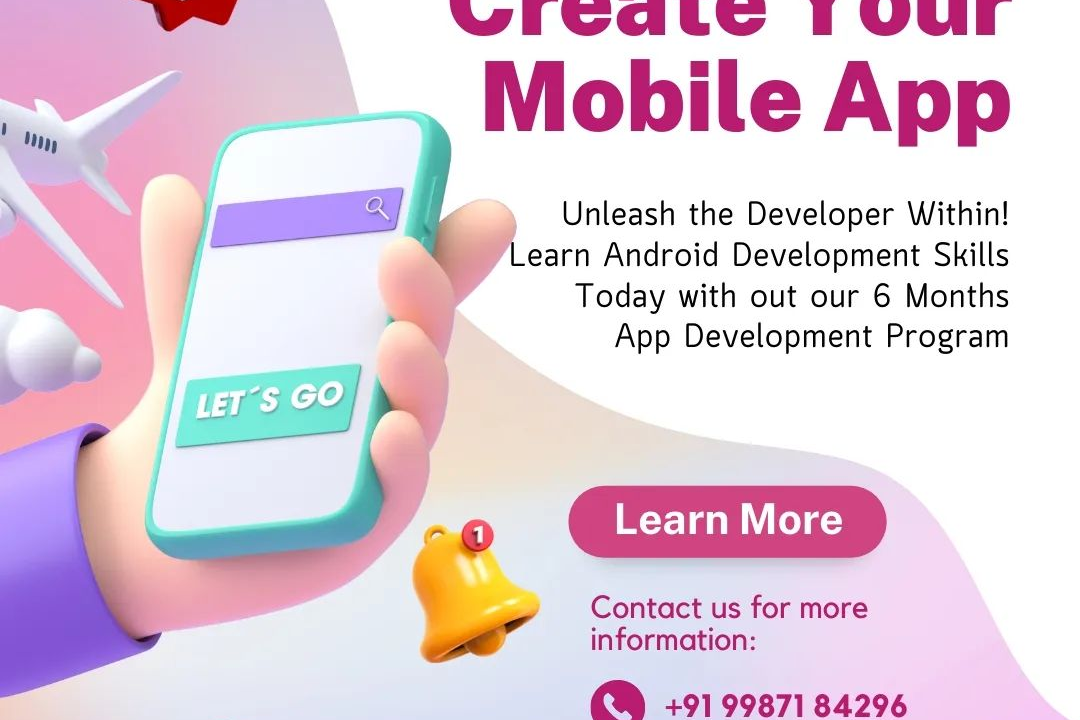MVP Architecture
Understanding MVP Architecture: A Comprehensive Overview
MVP Architecture
MVP (Model-View-Presenter) architecture is a design pattern commonly used in software development, particularly in building user interfaces. It separates an application into three interconnected components: the Model, which encapsulates the data and business logic; the View, which represents the user interface and displays data to the user; and the Presenter, which acts as an intermediary between the Model and the View. The Presenter retrieves data from the Model, processes it as needed, and updates the View accordingly, while the View is responsible for displaying information and relaying user inputs back to the Presenter. This decoupling enhances testability, maintainability, and facilitates a cleaner separation of concerns, making the application easier to develop and modify over time.
To Download Our Brochure: https://www.justacademy.co/download-brochure-for-free
Message us for more information: +91 9987184296
1 - Overview of MVP: MVP is a software architectural pattern that separates an application into three interconnected components: Model, View, and Presenter. This separation enhances testability and manageability.
2) Model: The Model represents the data and business logic of the application. It is responsible for retrieving data, usually from a database, and providing that data to the Presenter.
3) View: The View is the user interface component that displays data to the user. It receives user input and displays output to the user, but it does not contain business logic.
4) Presenter: The Presenter acts as a mediator between the Model and the View. It retrieves data from the Model and formats it for display in the View, while also handling user input and updating the Model accordingly.
5) Separation of Concerns: The MVP architecture encourages a clear separation of concerns, which means that each component has a distinct responsibility. This leads to cleaner code and easier maintenance.
6) Testability: MVP enhances testability since the Presenter can be tested independently of the View and Model. You can use mock View implementations to test the Presenter’s logic without the need for a UI.
7) Loose Coupling: MVP promotes loose coupling between components. The View does not need to know about the internal workings of the Model, and the Presenter can be modified without altering the View or the Model significantly.
8) No Direct Communication Between Model and View: In MVP, the Model and the View do not communicate directly. All interactions go through the Presenter, which helps to maintain the separation of concerns.
9) UI Friendly Presenters: Presenters are designed to be UI friendly, meaning they format data properly for the View and may handle specific tasks such as showing error messages or loading indicators.
10) View Interface: The View typically exposes an interface to the Presenter, defining methods that the Presenter can call. This ensures that the Presenter can interact with the View without needing to know its concrete implementation.
11) Dependency Injection: MVP often employs dependency injection to provide the Presenter with references to the View and Model. This makes the Presenter easier to test and promotes flexibility.
12) Data Binding Techniques: In many implementations, MVP can take advantage of data binding techniques to update the View automatically when the Model changes, enhancing responsiveness.
13) Supports Multiple Views: The Presenter can be reused with different Views, allowing for more versatile application designs where the same Presenter logic can serve various UI scenarios.
14) Easier Maintenance: Due to the clear separation of concerns, an application following MVP architecture is usually easier to maintain, with components that can be modified or replaced independently.
15) Common Usage: MVP is commonly used in applications that require a rich user interface, especially in environments like desktop applications and some mobile platforms, making it relevant for students interested in UI development.
16) Comparison with Other Architectures: Understanding how MVP compares with other architectures like MVC (Model View Controller) or MVVM (Model View ViewModel) can give students valuable context on choosing the right approach for their applications.
17) Real World Examples: Providing case studies or real world applications that use MVP will help students visualize its effectiveness and practical applications in software design.
By covering these points, students will gain a comprehensive understanding of the MVP architecture and its benefits, preparing them for real world software development tasks.
Browse our course links : https://www.justacademy.co/all-courses
To Join our FREE DEMO Session: Click Here
Contact Us for more info:
Cheapest Free Online iOS Training and Placement in Bangalore
best project management certifications
data analytics with r
salesforce devops course
python institutes in ameerpet











